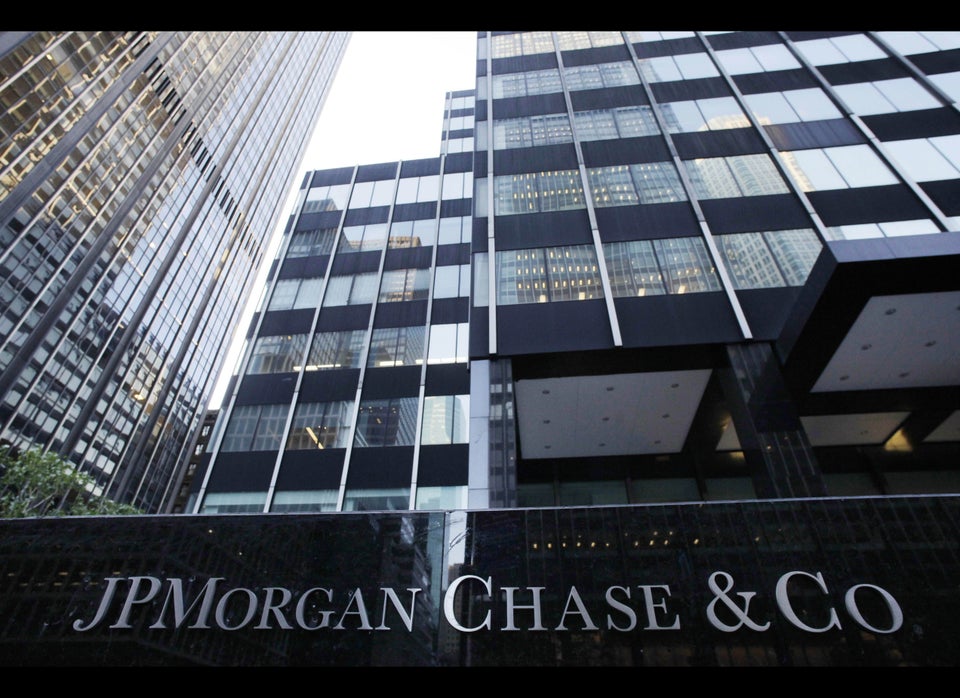
By now you may have heard that JPMorgan Chase lost $2 billion on a bad trade. Multiply that by 10, and you're starting to get a better idea of how much it has really lost.
That's because the share price of the biggest U.S. bank by assets has tumbled by more than 11 percent since it announced the trading loss, shaving about $17.5 billion from its market value. JPMorgan shares were down another 2 percent on Monday, following a 9 percent tumble on Friday.
Shareholders aren't necessarily upset about the $2 billion loss itself. The bank has lost more money than that at different times in other businesses, the New York Times reminded us this morning, without causing much of a ruckus. Though the loss could grow to $4 billion or more, by some estimates, that's still a far cry from the $90 billion or so in revenue the bank has raked in over the past year.
The real worry for investors is the damage the episode has done to JPMorgan's previously sterling reputation for managing its risks, the increasing heat of the water around CEO Jamie Dimon and -- maybe most importantly -- the fact that this debacle comes at the worst possible time for the bank, regulation-wise.
JPMorgan's huge goof makes it more likely that regulators will slap fetters on all the big banks when it comes to trading with their own money. The murky markets for credit derivatives, which JPMorgan invented, could be exposed to a little more sunlight, which always seems to make bank profitability wither.
Such regulations could have helped save JPMorgan from its current embarrassment, but they could also make it less likely the bank will be able to win a big jackpot on further gambling binges.
Meanwhile, the debacle also shines a light on the fact that there are still big, lumbering banks out there that are a constant threat to tip over and crush the entire U.S. economy. That will lead to more calls to break up the big banks, to take away the government's implied backing for them, or at least make regulators more determined to force them to hold more capital against future losses. All of that will make it harder and more expensive for the banks to do business. As Peter Cohan pointed out at Forbes, further credit-rating downgrades like the one Fitch Ratings delivered last week could also add to the bank's cost of doing business.
Considering all this, the bank and its shareholders might end up finding that this episode has destroyed a lot more than just $20 billion.
Here are nine other big bank disasters:
